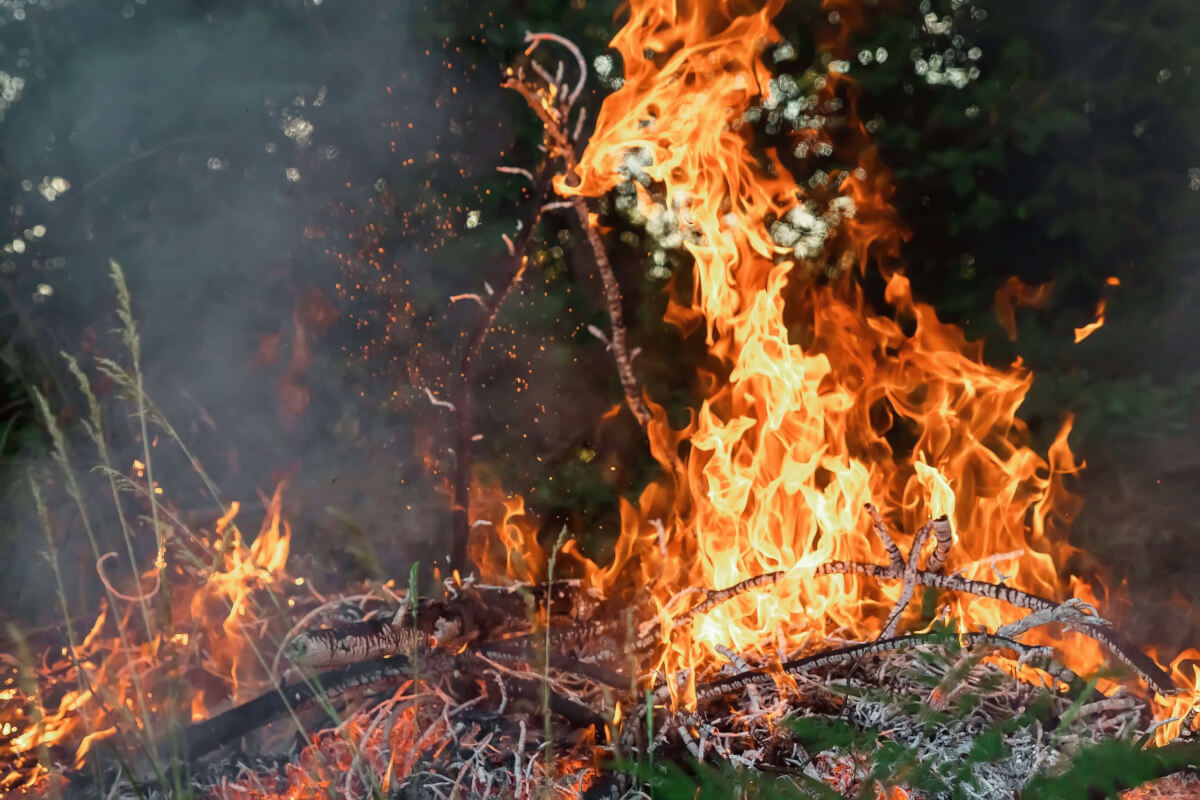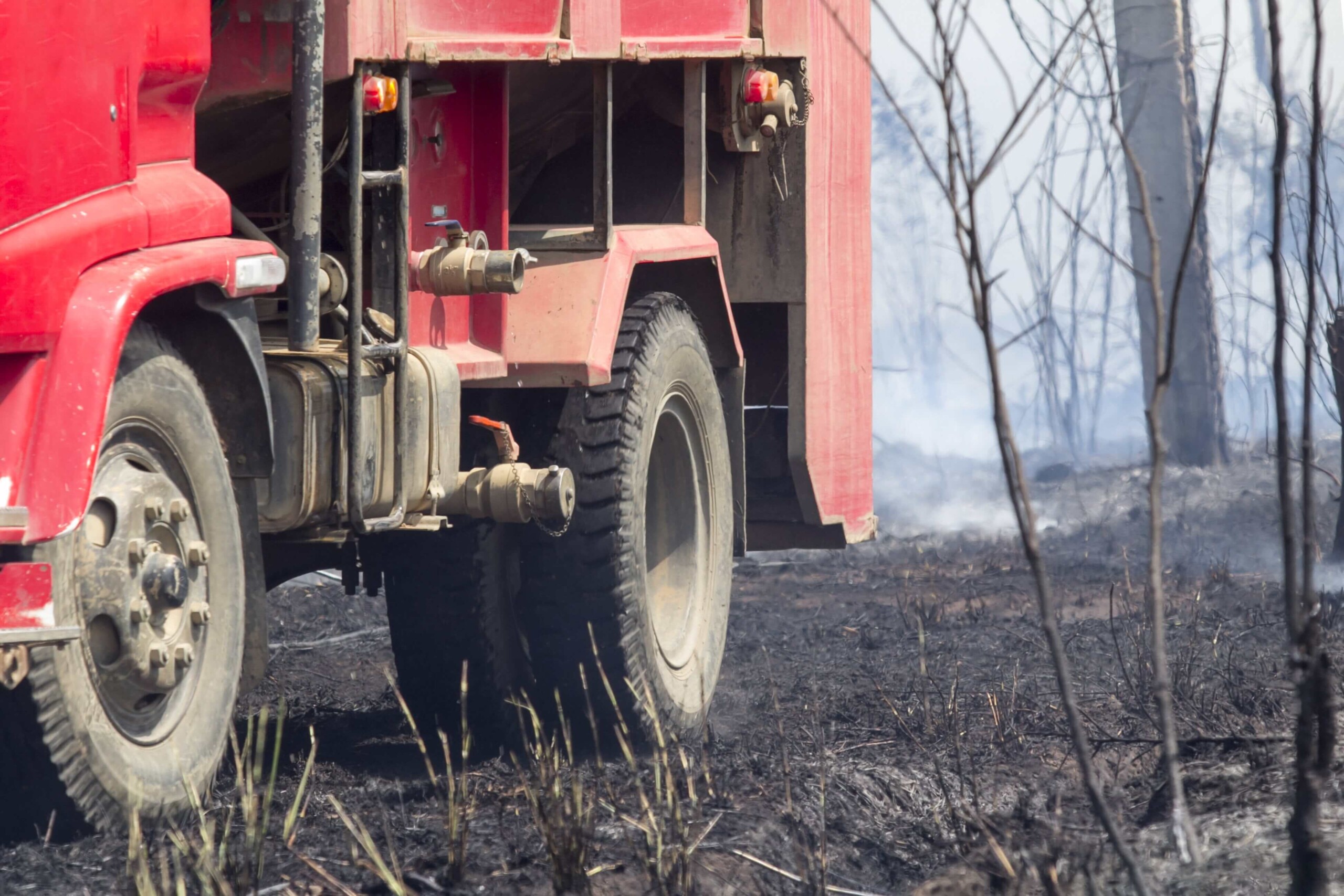


As bushfires continue to engulf Western Australia and parts of the Northern Territory, the need to establish a national bushfire policy has never been more crucial. Proactive land management such as forest thinning and hazard-reduction burning play an important role in keeping bushfires at bay.
When executed properly, controlled burning helps limit a bushfire’s spread and makes it easier to suppress. Reducing the amount of flammable material is the main goal and thinning vegetation on roadsides can help in maintaining fuel breaks, thus enabling firefighters access to forests in case of an emergency.
Here’s what you need to know about managing bushfire risks to ensure the safety of you and your family.
Preparing for a bushfire
- Local fire agencies suggest writing a bushfire survival plan that you can discuss with your family to help them become familiar with managing bushfire risks
- Learn about the Fire Danger Ratings. Use them to determine whether or not an area is at high risk of bushfires
- Children, elderly people, animals, and those with mobility issues should be moved away from danger as early as possible
- If you live or are planning to travel in a high-risk bushfire area, pinpoint the nearest evacuation centre and meeting point. Plan the safest and most efficient route to get there
- Stay up to date with the latest fire danger ratings by tuning in to your local radio station.
- Don’t wait before taking action. It’s extremely risky to wait for signs of a bushfire before leaving the area. Always follow the instructions of the local authorities on when to leave your home, where you should go, and how you will get to the nearest evacuation point.
- Alert your friends and family about your plans and whether you intend to stay or leave
- Prepare a bushfire survival kit. The kit should consist of a battery-powered radio, waterproof torch, first-aid kit, medicines, wool blankets, toiletries, and overnight bags.

Driving during a bushfire
You should never drive through a bushfire until it’s your last resort. The road conditions are just too dangerous and it will take you longer than expected to arrive at your destination.
It’s also very dangerous to get stuck inside the car in the middle of a bushfire because they offer minimal protection against radiant heat. If you are forced to drive during a bushfire, keep these safety tips in mind:
- Park your car behind a building or other solid structure. This helps to block as much radiant heat as possible. If you can’t find a solid structure, then pull over to the side of the road and away from any debris that may catch on fire.
- Close the vents, wind up your windows, turn on your hazard lights, leave the engine running, and allow the air conditioner to circulate air inside the vehicle.
- Get down as low as you can
- Stay hydrated. Bring plenty of water along with you
- If you’re parked in a relatively safe spot, wait for the fire to pass before proceeding to drive
Protecting your home during a bushfire
- If you plan on staying home and protect your property against the bushfire, make sure everyone is wearing fire-retardant clothing
- Move gas cylinders and other flammable materials away from your home
- Pot plants, outdoor furniture, and doormats should also be moved to a safe distance
- Check the main gas supply and turn it off. Check the gas cylinders and make sure they’re positioned upright with their relief valve pointing away from your property. Do the same with your A/C units.
- Keep plenty of wet rags and towels nearby
- Close the doors and windows. Fill in the gaps using wet towels
- Take shelter until the fire passes. Be on the lookout for embers and extinguish them when they land.
- If your house catches on fire, run to the nearest exit. Wrap a towel around you and take cover from a nearby building or other structure.
After a bushfire
- Stay tuned to your local radio station for updates on where the evacuation points are
- If you’ve evacuated, do not return to your home unless the authorities have deemed it safe to do so.
- For those who’ve stayed home, continue to wear protective clothing and extinguish embers that land onsite
- Call your loved ones and inform them of your status,
- If you’re worried about where your friends and family are, you can contact the National Registration and Inquiry System on 1300-993-191. They will help you get in touch with your loved ones quickly.
- If your home is unsafe to occupy after a bushfire, alert local police authorities about the situation. Check with your insurance company to see if you can claim temporary housing expenses or acquire an advance on your eventual settlement.
- It is the owner’s responsibility to secure their home after a bushfire. Ensure the outside doors can still be locked and that the entry points are covered and protected.
- Contact a general contractor if you require professional assistance in boarding up the premises.


